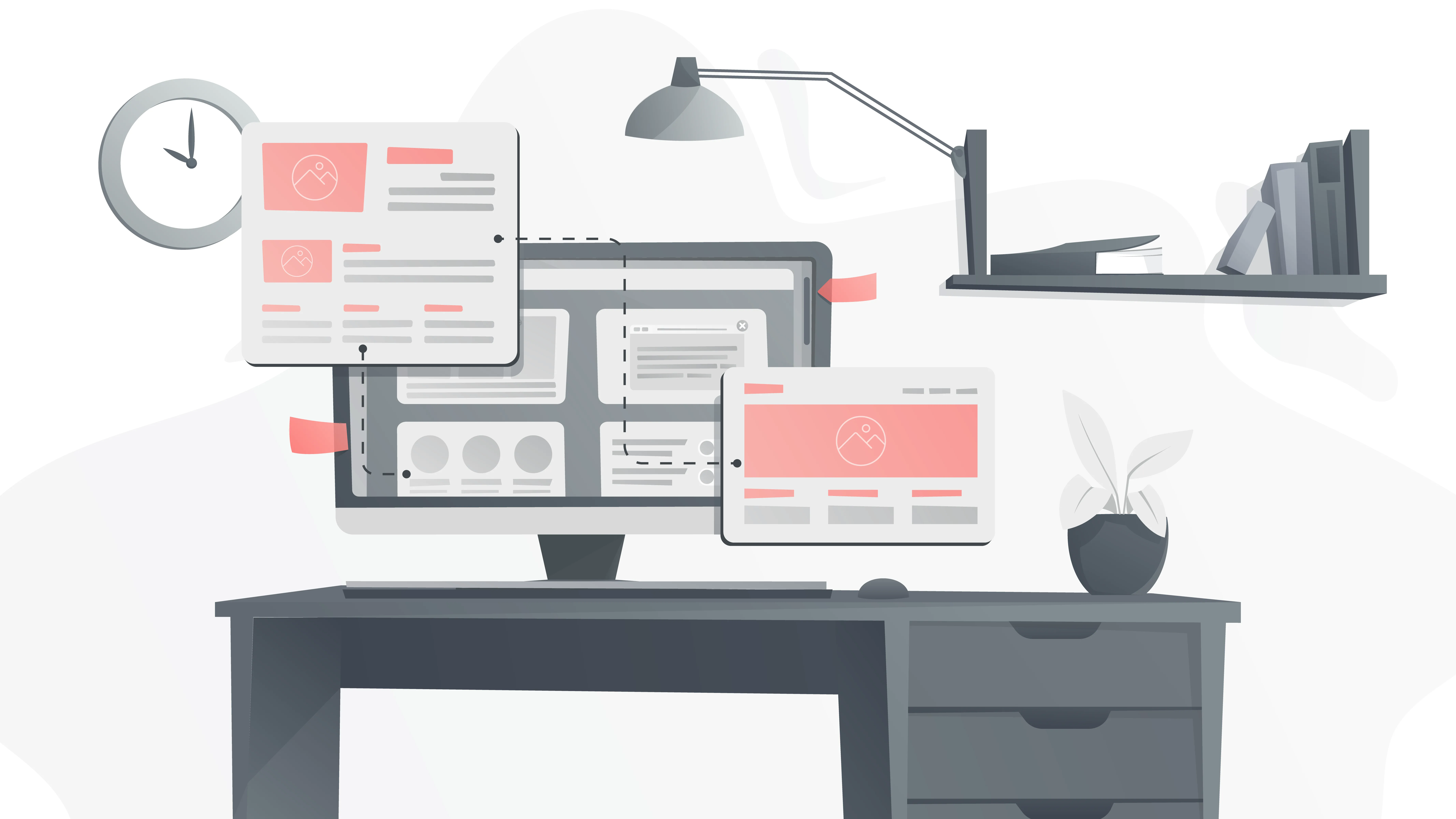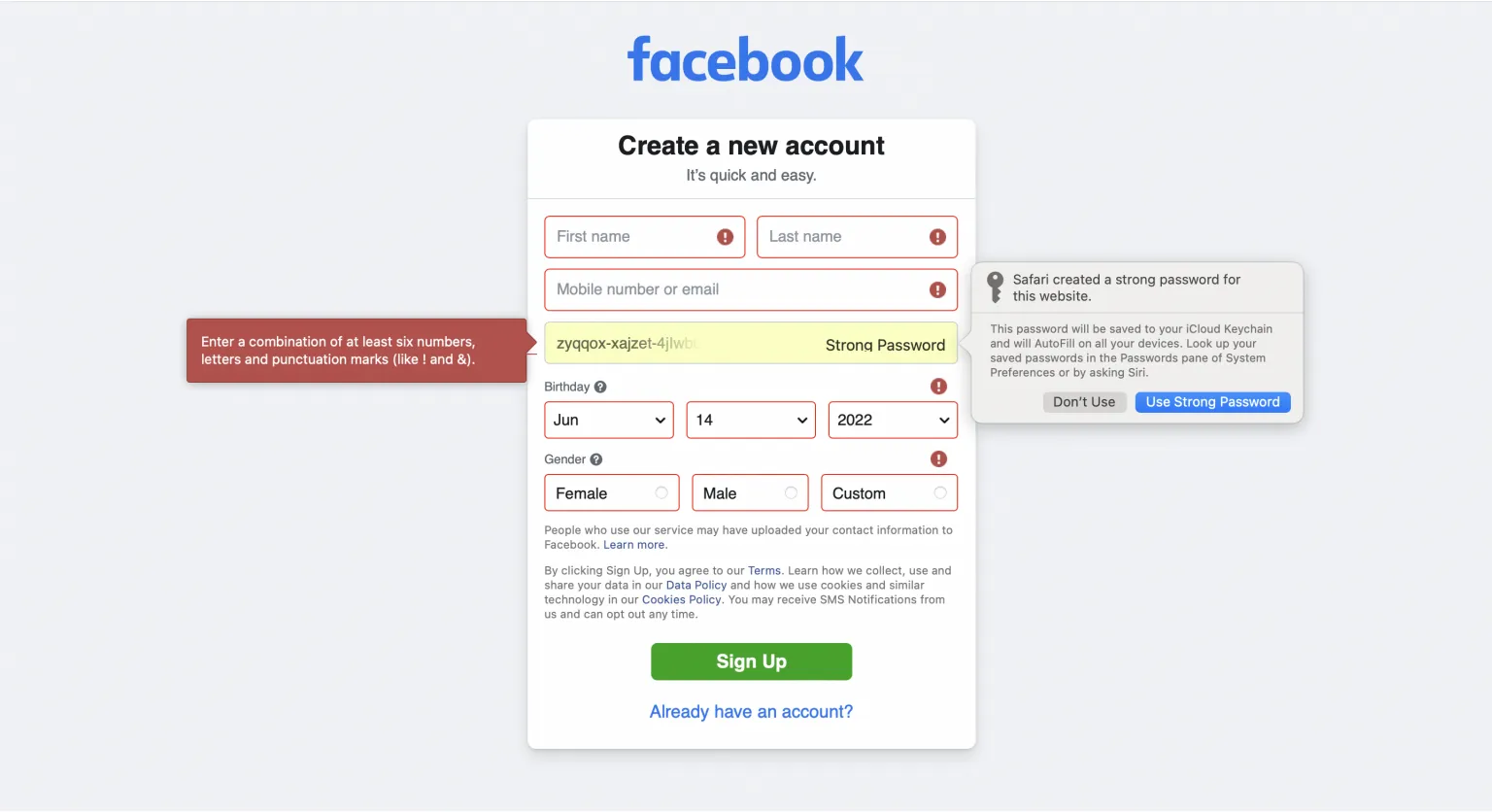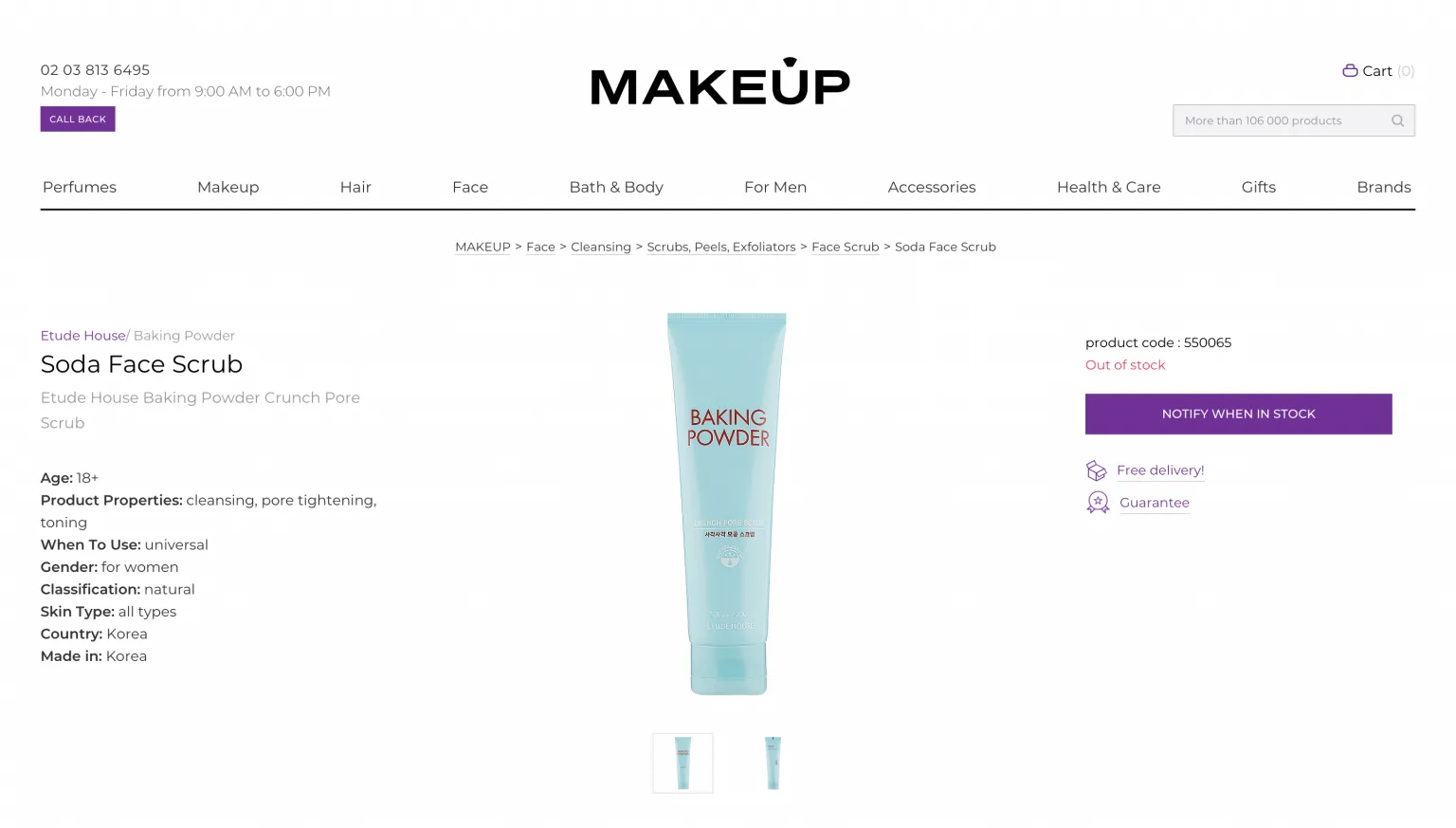User experience is the users’ expectations and feelings when using a product. Therefore, while designing a website or apps, the UX designer must understand these prospects to justify how the product works.
For example, we are all familiar with the traffic system. We know the traffic signals, road signs, and conventions we navigate. And this system applies to all countries, with slight changes in specific rules. It allows people to navigate the road unmistakably, so they know what to expect. The same principle applies to UX patterns. It’s a system of conventions through which users can freely navigate the product without getting used to and exploring a new plan every time. This allows UX designers to adhere to the fundamental principle — to create an intuitive, functional, and user-friendly user experience.






